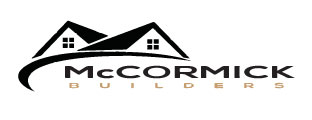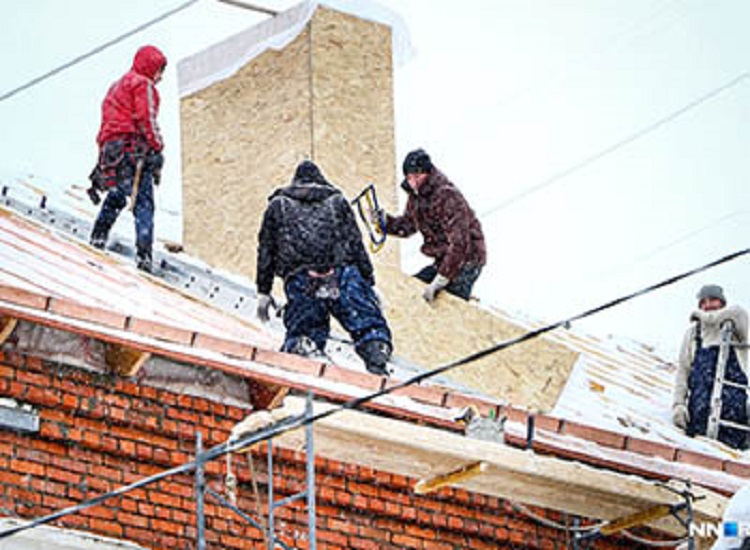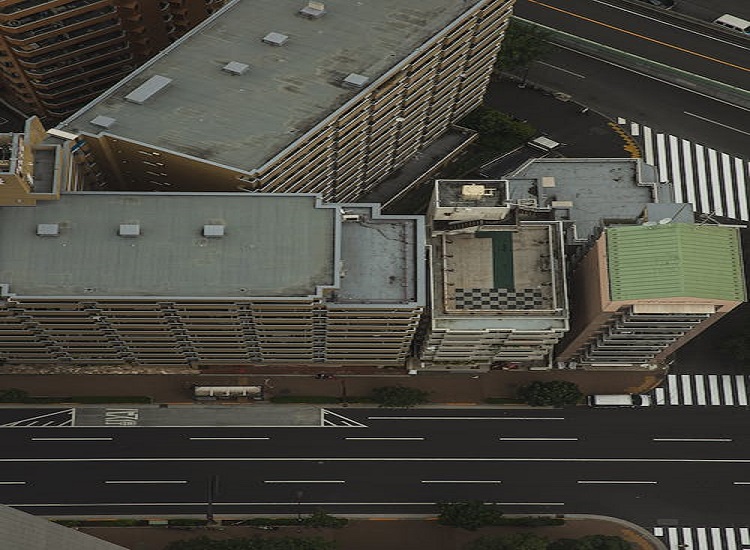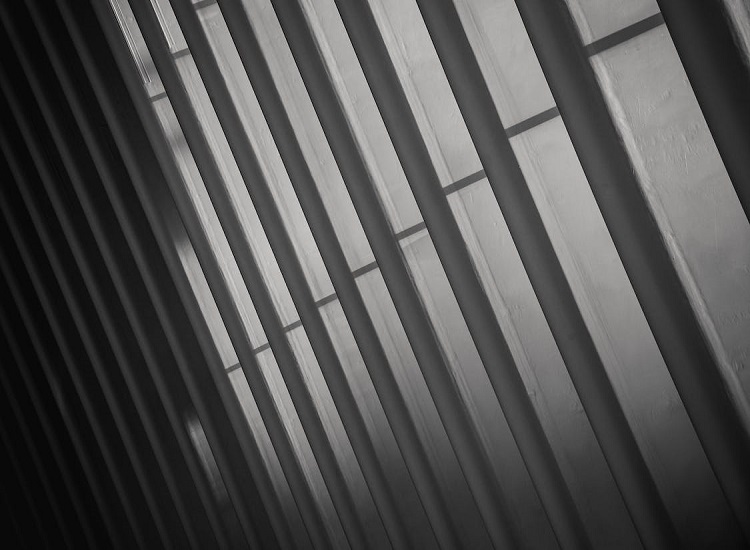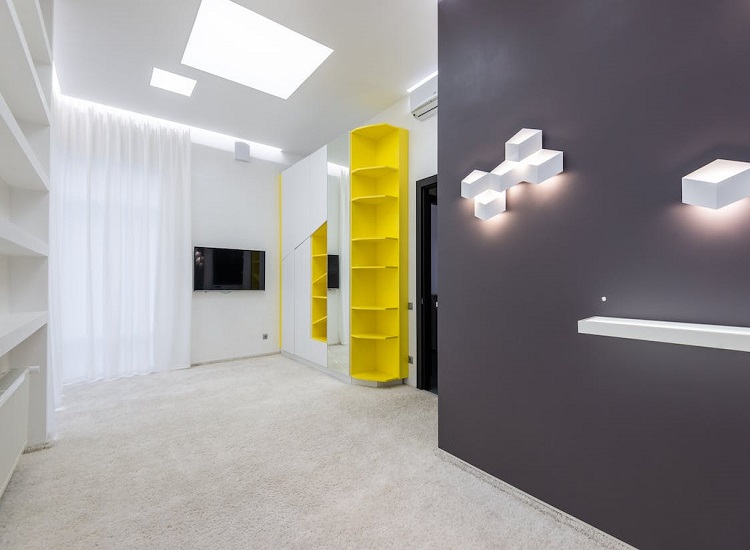Roofing Work in Winter
Roofing is recommended to be laid in autumn or spring. In the cold, many companies refuse to install, explaining that this is impossible to do with the observance of technology. This is wrong. Overlapping the roof can, and sometimes even needs to be laid in the cold.
FEATURES OF ROOFING WORK IN WINTER
The following steps can be performed during the cold season:
- installation of the supporting structure;
- laying of the drainage system;
- installation of skylights;
- fire protection;
- warming.
Problems arise when laying the material. In frost, you can use metal tiles, profiled sheets, and ceramic tiles. But soft tiles will have to be abandoned. With soft material, you need to work in warm weather. The temperature should not be below +6 degrees. Roofing works are faster in winter. Speed and quality depend on weather conditions. Industrial climbers will work at temperatures from -15 to +30 degrees. An important factor is the lack of precipitation, strong winds, and heat. Laying a roof during the cold season costs less than in autumn when the demand is high. The installation may stop due to bad weather, but you will get a high-quality, durable roof in compliance with all the rules.
Roofing Work With the Dismantling of the Old Roof
The master arrives at the address and evaluates the state of the overlap. Before the start, workers remove all unnecessary elements: antennas, banners, satellite equipment, and lighting.
Parsing by workers makes it possible to spend less and quickly dismantle the roof. After removing the worn-out elements, the team proceeds with the installation of a new canvas.
Professional help is:
- protection against destruction of roof elements during partial repairs;
- guarantee for all types of services;
- assessment of the state of the frame, it’s strengthening.
Masters know where to start disassembling in order to make it quickly with the observance of technology. The Range for the dismantling of slate from the roof depends on the type of construction, deadlines, volume, involvement of third-party equipment, and further installation of new material.
